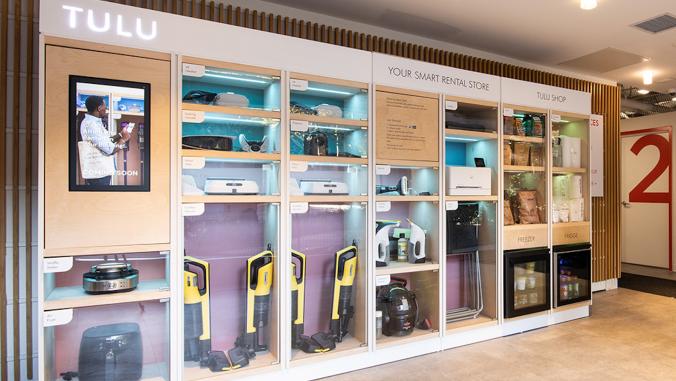As attitudes toward "stuff" are changing, increasingly people are looking to improve their decisions around what and how they buy and use goods.
A new report highlights the new business opportunities these consumer trends represent, and uncovers areas for innovation.
The report, Stuff in Flux 2: Playbook for Circular Innovation, describes a "leading edge" group — an estimated 19 percent of the U.S., 13 percent in Canada — looking to make better decisions about consumption. They are characterized by their "curiosity, open mindedness and desire to learn about what is new in the world around them" and confidence their actions can influence others directly and indirectly.
The authors of the report, circularity consultants Rosemary Cooper and Lindsey Boyle, who wrote it based on research methodology developed by management consultancy Alice Labs, said this group’s attitudes and behaviors are a "bellwether" and that demand will grow for circular products in the next three to five years.
"There is already mass market demand for things like reuse and repair, which could grow rapidly in the coming years," advised Cooper. "Don’t wait for customers to come and ask."
Key observations about these trend setters include: A deepening understanding of the differences between excessive and purposeful consumption; a decrease in excitement around consumption; and an increasing awareness of resource scarcity and material flows. They also increasingly intend to purchase from brands with credible environmental and social impact.
Here are four "market opportunities" for companies, each with mass market demand the report supported with surveys of the general population:
Products that reliably last a long time
An increasing number of consumers are prioritizing stuff that can be used reliably for a long time and repaired if needed. These consumers feel burdened by unused stuff and their purchasing behavior is disciplined, prioritizing purchasing from companies that offer continued care and support for their goods, and convenient channels to give products a second life.
Goods that connect to nature
Fifty-eight percent of global consumers surveyed agree they prefer time spent in nature to time shopping. They feel invigorated by nature rather than consumption and appreciate stuff that helps them connect with nature, natural materials and their communities.
Simple, joyful stuff
Stuff that is fun to use, innovative or unique, provides simple solutions to everyday problems and engages all senses often produces tangible, intensely positive and personal reactions. The research shows a specific demand for joy without guilt, which means seeking stuff that is intentionally and responsibly made versus feeling carelessly made.
Easy ways to share, repair, reuse and resell
There is growing awareness among consumers regarding where stuff comes from, where it goes and how to scale up a more sustainable flow of stuff. Consumers focused on flowing stuff prioritize second-hand purchases and seek out access and ownership opportunities that reduce their material footprint, purchasing from companies that enable circular models such as sharing, repair, reuse and resale.
The report, and its focus on growing and forecasted demand, supports investing in and scaling up circular products and businesses — not only to increase sales but to be competitive.
"We’ve heard in our research that leading-edge consumers who shape mass markets want companies jumping into the circular space but if they’re not doing something to actually prevent the waste, and continue this circular journey, they’re losing our trust," Cooper said.






